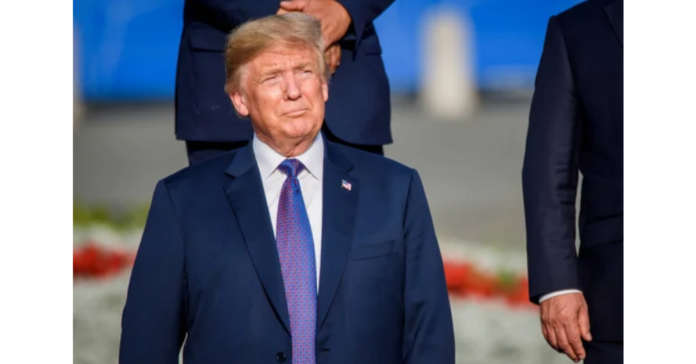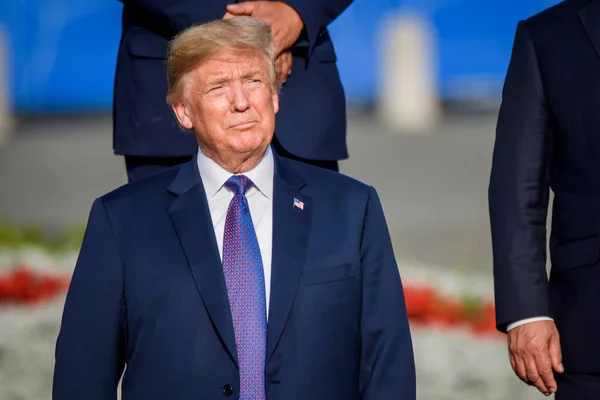
Can a handshake in Tokyo reshape the balance of power in Asia? That was the question behind the meeting of U.S. President Donald Trump and Japan’s newly elected Prime Minister Sanae Takaichi this week. The summit, which came just days after Takaichi became Japan’s first female leader, produced agreements that reach far beyond ceremonial diplomacy.
Frameworks on rare earths supply, a “new golden era” in bilateral ties, and the thorniest issues of trade and defense were signed over two days of talks between the leaders. The discussions unfolded amid increasing U.S.-China competition, more tightening Chinese controls over exports, and simmering security concerns in the Taiwan Strait. These boil down to a complex mix of strategic cooperation, economic bargaining, and symbolic gestures, each with implications for regional stability and global markets.
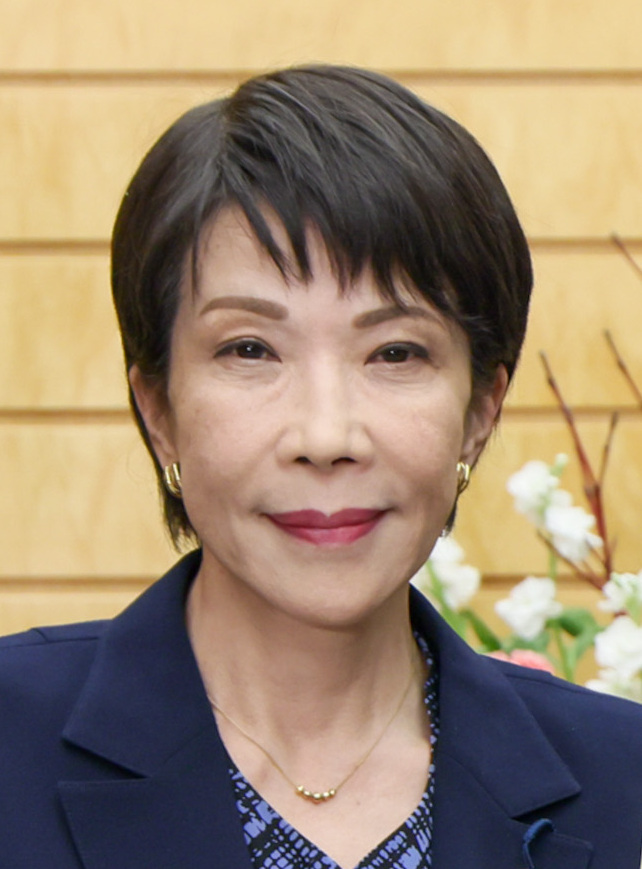
1. Rare Earths Pact Targets China’s Dominance
The centrepiece of the summit was a rare earths and critical minerals agreement aimed at countering Beijing’s near-monopoly in processing these materials. The framework commits Washington and Tokyo to coordinated investment, extraction, recycling, and stockpiling of minerals essential for electronics, EVs, and defense systems. Analysts say the deal echoes recent U.S. agreements with Australia and Malaysia, but Japan’s involvement is notable given that 58% of its import price reliance for rare earths comes from Chinese sources. The pact also features mechanisms to deter strategic asset sales and retain price floors policies designed to reflect the true cost of responsible extraction. Although direct financial commitments were not announced, Japanese firms are eyeing up to $400 billion in U.S. investments tied to energy and AI projects.
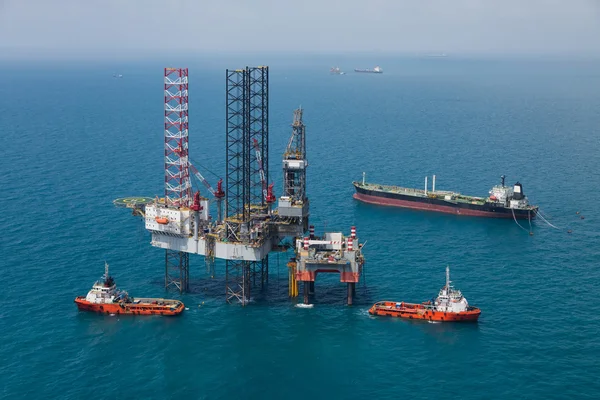
2. Minamitorishima Deep-Sea Mining Ambitions
The Minamitorishima project forms part of Japan’s long-term plan to reduce dependence on Chinese rare earths. Surveys at the site 1,950 km east of Tokyo, have found 16 million tons of rare earth mud-enough to meet domestic demand for centuries. Unlike Chinese deposits, rare earths at Minamitorishima have a 50:50 heavy-to-light ratio, meaning more valuable elements such as dysprosium and terbium. Extraction plans are aimed at commercial-scale operations by 2028, using shallow recovery methods that keep environmental impact minimal and radioactive byproducts low. Deep-sea mining faces global pushback, while Tokyo has to balance resource security against ecological stewardship.

3. Trade Pressures on Autos and Agriculture
Beneath the warm words, Trump pressed for greater access for U.S. goods to Japanese markets in automobiles, agriculture, and technology. He pressed Tokyo to buy more American rice and soybeans, and to open its auto sector further to U.S. cars. For Japan – whose auto industry is still one of its biggest exporters – the stakes are high: while tariffs have been reduced from 24% to 15%, the competition from China in EV exports is heating up. Takaichi will have to strike a balance between the demands coming from the U.S. and protection for influential domestic lobbies, including the politically powerful farm sector. Japan has already agreed to $8 billion in U.S. farm purchases, and concessions on other items could strain her political capital.
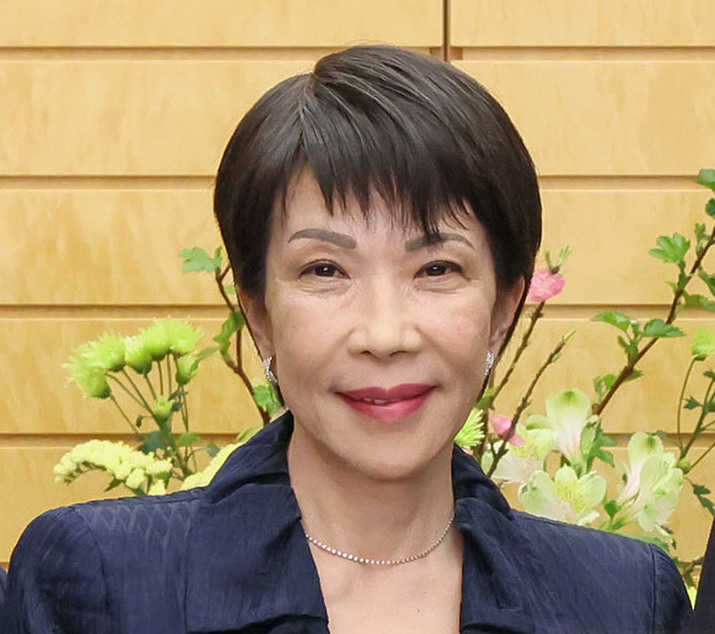
4. ‘New Golden Age’ Alliance Declaration
Leaders framed their agreements as the start of “a new golden age” in U.S.–Japan relations. The declaration builds on earlier strategic investment deals and reiterates commitments to economic security and global prosperity. Trump called Japan an “ally at the strongest level,” while Takaichi said the alliance was “the greatest in the world.” The rhetoric serves audiences both domestic and foreign, as a signal of unity ahead of Trump’s meeting with China’s Xi Jinping. To be sure, to have real momentum, the rhetoric would have to be followed up with concrete progress on joint projects and defense cooperation.
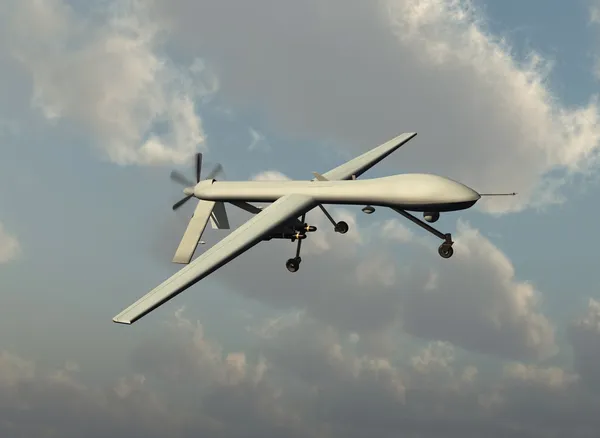
5. Defense Spending and Military Hardware Orders
Takaichi also vowed to increase defense spending to 2% of GDP, in line with U.S. demands for more equitable burden sharing. Japan is buying U.S.-made military hardware, including missile systems and surveillance drones, to strengthen deterrence as tensions rise in the East China Sea and Taiwan Strait. On board the USS George Washington, she thanked 6,000 sailors for defending Japan and the region, adding that Tokyo was ready to “fundamentally reinforce” its defense posture. The steps are part of a wider modernization of the Japan Self-Defense Force, though constitutional constraints still limit offensive operations.

6. Taiwan and Maritime Security Cooperation
Japan is institutionalizing coast guard training with Taiwan-a step sure to enrage Beijing. Joint exercises off Okinawa have drawn vessels into visual range, underscoring deeper maritime coordination. Tokyo will add new patrol ships and MQ-9B drones to monitor contested waters. For Washington, such cooperation cements a network of partners ready to deter Chinese incursions. Japan’s policy on Taiwan, however, remains cautious due to its pacifist legacy and public reluctance toward combat roles.

7. Public Opinion Constraints on Security Policy
Despite the improvements in defenses, the support from the Japanese public to the direct involvement of their military in any Taiwan contingency remains low, at 15%, supporting the idea of fighting alongside U.S. forces. This hesitancy shapes government policy and complicates how far Tokyo can commit under collective self-defense provisions. U.S. strategists believe that making Taiwan’s importance to Japan’s own security economically and strategically known could change public attitudes. Without such a change, alliance deterrence may lack the credibility needed to dissuade Beijing.

8. Symbolic Diplomacy and Cultural Gestures
The summit combined hard policy with soft diplomacy. Meetings started with World Series baseball featuring Shohei Ohtani, while Takaichi promised cherry trees and fireworks for America’s 250th birthday. She gave Trump golf memorabilia linked to Shinzo Abe, in a nod to personal ties. These symbolic actions serve to humanize high-level negotiations, allowing rapport among leaders to make decisions on contentious issues.
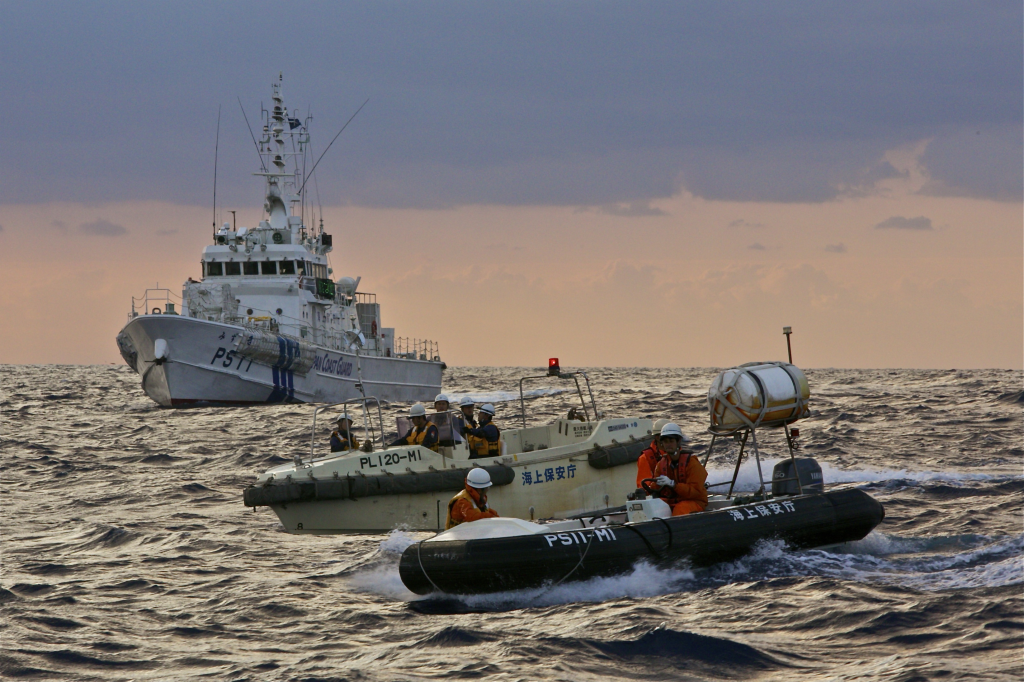
9. Rare Earths as a Geopolitical Lever
China’s readiness to use export restrictions on rare earths has elevated supply security into a strategic imperative. The incident over the Senkaku Islands in 2010 proved a turning point for Japan, which has since embarked on diversification efforts. For the U.S., binding regional heavyweights like Japan into rare earth deals bolsters negotiating leverage ahead of talks with Beijing. Still, with China controlling about 70% of global processing, catch-up will take years of investment and technological development.
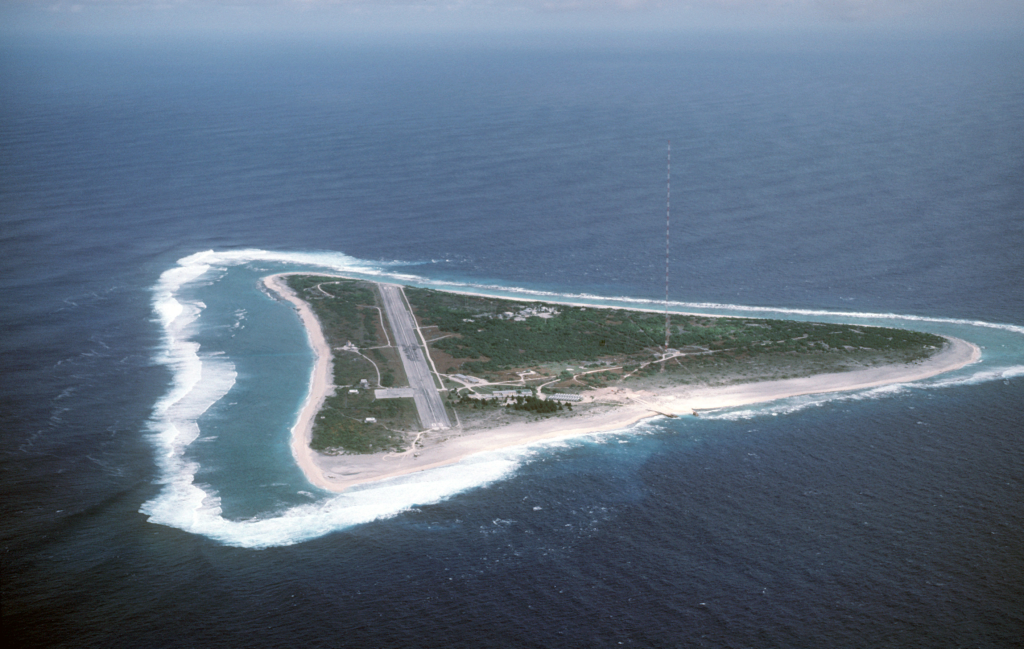
10. Environmental and Regulatory Challenges
The promise of deep-sea mining is balanced by environmental risk and regulatory uncertainty. Critics warn of “irreversible harm” to ocean ecosystems, and 37 countries now call for a moratorium. Low-radioactivity mud enhances the prospects of an undersea mining project off Japan’s Minamitorishima, but large-scale extraction remains contentious. Allied standard-setting regarding the environment and legal framework stabilize supply chains while minimizing ecological damage a necessary condition for long-term viability of rare earth strategies.
The Tokyo summit between Trump and Takaichi went beyond ceremonial pledges. It connected resource security, trade negotiations, and defense commitments to symbolic diplomacy as part of the greater approach of managing U.S.–China competition. Whether this “new golden age” is more than rhetoric depends on how leaders can turn frameworks into action by balancing economic ambition, environmental responsibility, and the political realities shaping security policy in both nations.
